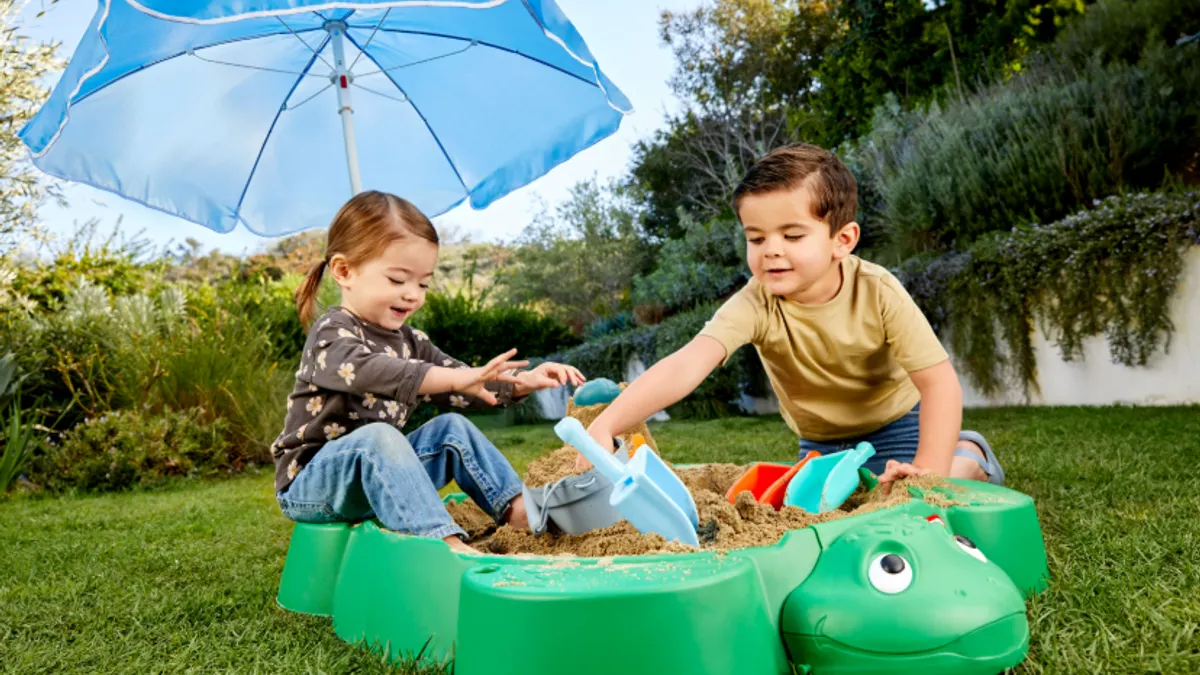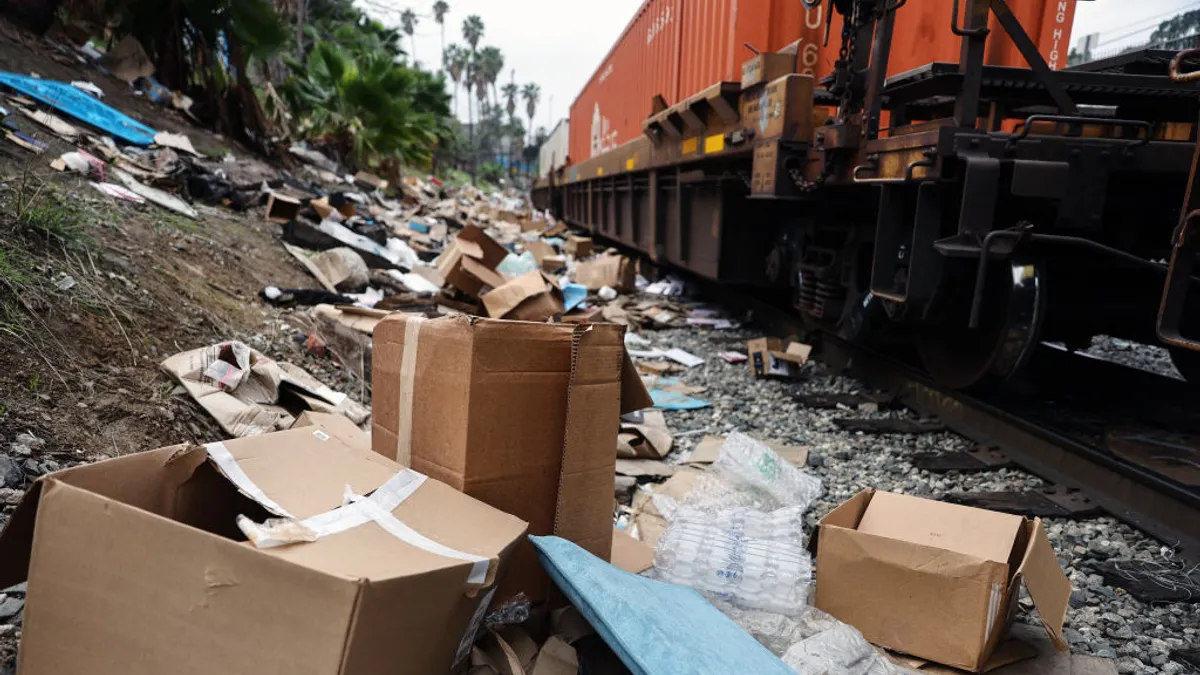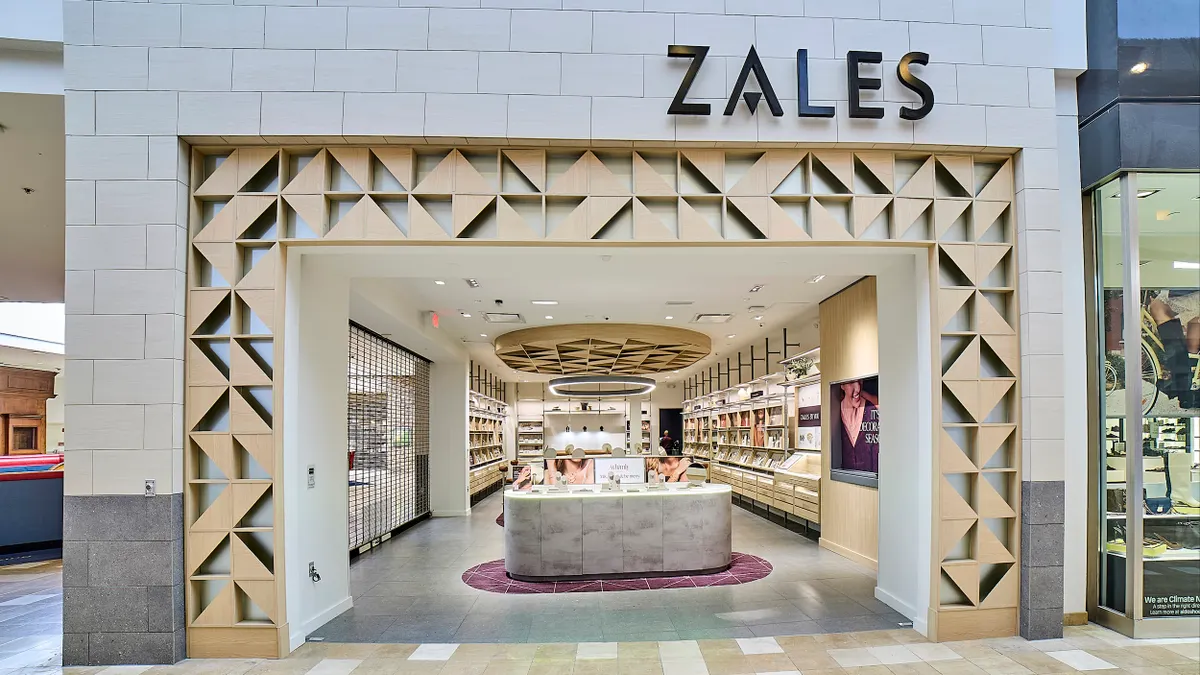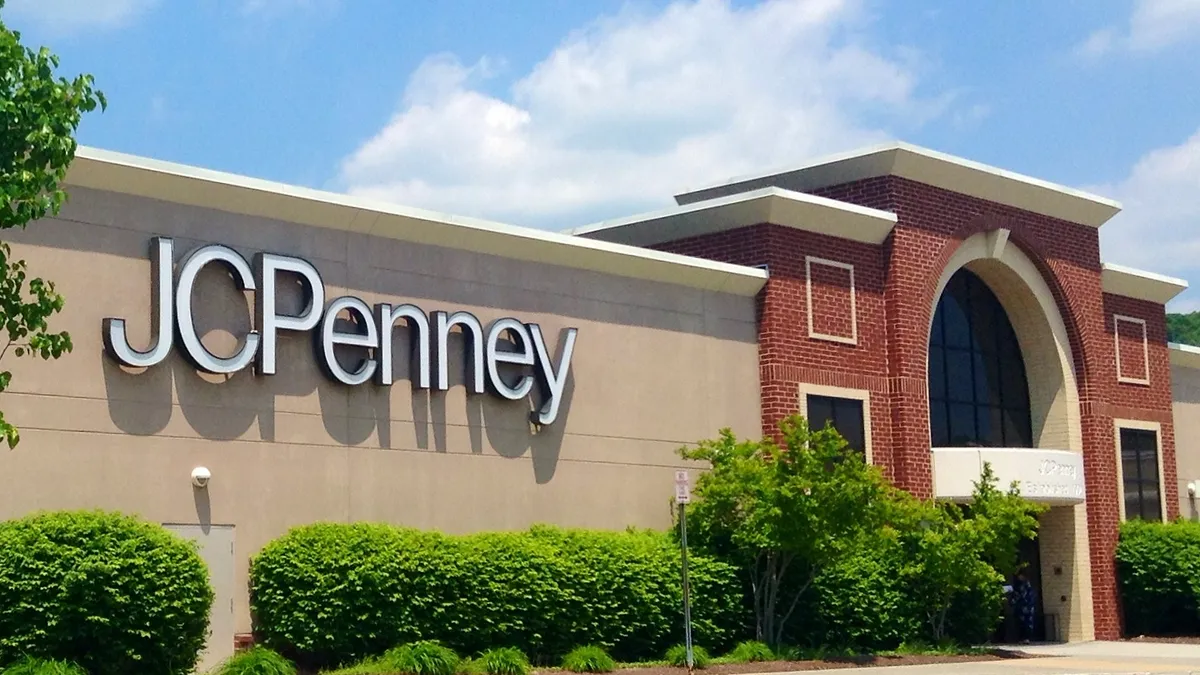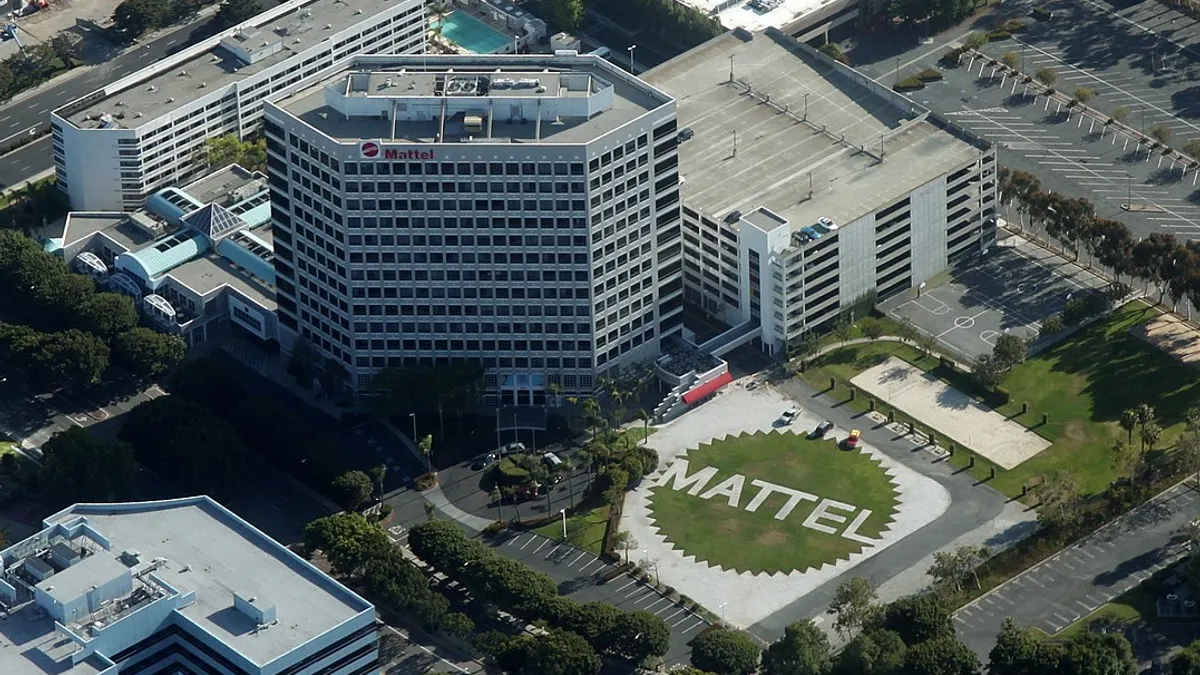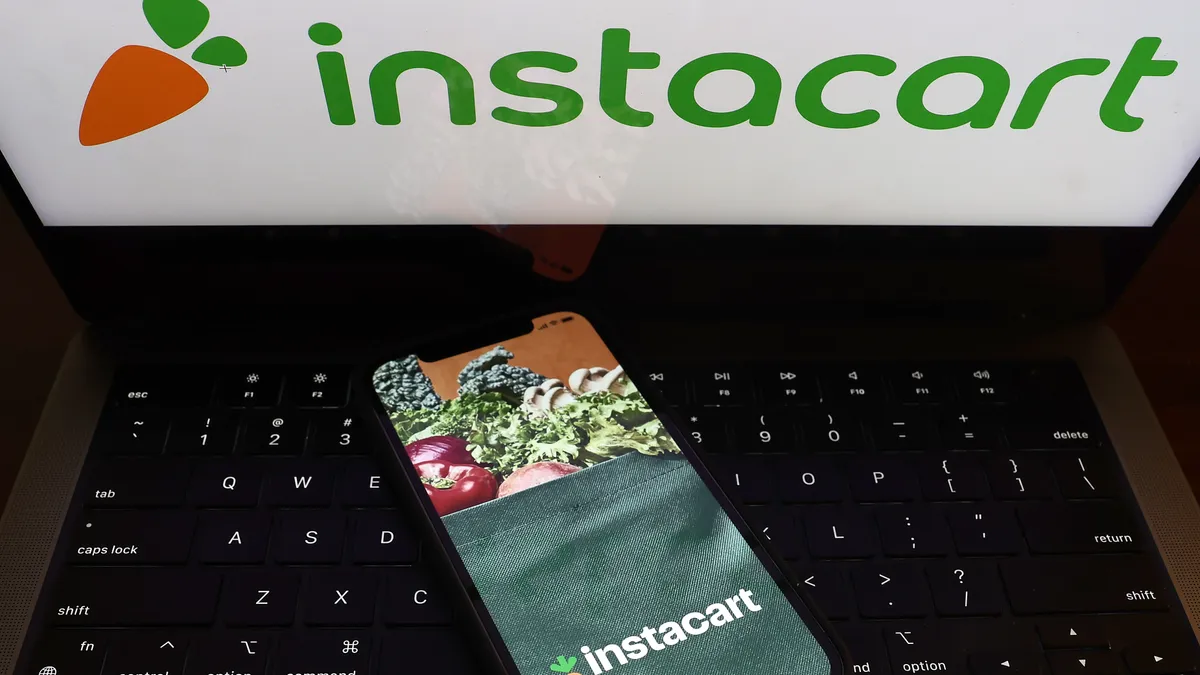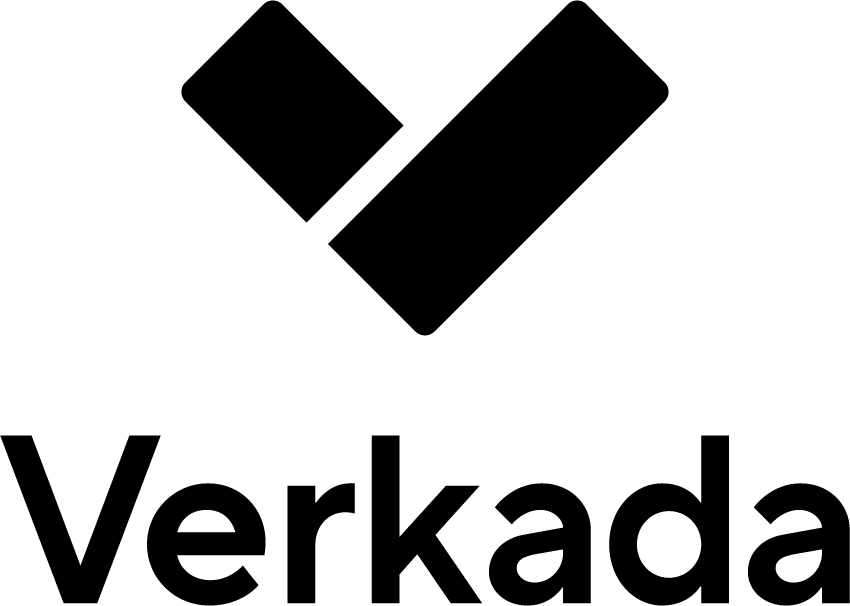Isaac Larian was planning on expanding his toy factory in Hudson, Ohio.
Now not only is the project to add another 22,000 square feet to the space on hold, the entire trajectory of his company is on the precipice of change.
“Frankly if these tariffs do not go away we have no choice but to do layoffs,” he said.
As the CEO of the largest privately held toy manufacturer in the United States, his company, MGA Entertainment, has over 2,200 employees and sports some of the most recognizable labels on store shelves including Bratz, L.O.L Surprise and Little Tikes. During peak season the factory, which has been in production for over six decades, has 700 workers.
The Trump administration’s trade war is currently hyperfocused on China, which produces a large swath of goods for the United States. Some product segments are more dependent on the country than others, but the toy industry in particular is bracing for maximum impact.
That’s because nearly 80% of toys imported into the United States come from China.
And President Donald Trump is seemingly not concerned with the potential impact on the sector. “Well, maybe the children will have two dolls instead of 30 dolls. And maybe the two dolls will cost a couple of bucks more than they would normally,” he said on Wednesday.
Going back to the start of April, toy companies were preparing for a universal baseline tariff of 10%.
“At that point, companies were thinking through the best way to respond. I think our industry, like many others, were figuring out a way between all points of the supply chain, from factories … to the retail partners of how might we deal with a 10% tariff and not have it impact the consumer,” Greg Ahearn, president and CEO of The Toy Association, said.
But then came a series of decisions by the administration that increased — then temporarily backed off — most global tariffs. However, last month the U.S. raised duties on imports from China to 125% — which stacked on two previous hikes — for a total rate of 145%.
It changed everything.
Toys in general have low price points, with over two-thirds of products coming in under $25. That has protected the category during past economic downturns, according to a UBS note led by analyst Arpine Kocharyan.
“Cutting back on higher-ticket entertainment spend (e.g. visit to Disneyland) can often result in replacing more expensive activities with cheaper in-home entertainment options, such as toys,” UBS wrote.
But the introduction of such high tariffs will push many companies to pass the cost off to consumers.
“I don’t think anyone expected the process that we are going through,” Ahearn said. “The cost of those goods are going to skyrocket.”
Fun, it seems, is about to get more expensive.
Handmade elements, low price points and thin margins
While Larian’s factory produces goods in the U.S., 65% of MGA Entertainment’s toys are imported because they cannot be made in this country.
A factor that makes the toy market unique is that it is still a high-touch industry, meaning humans are involved in many different parts of production.
“It’s not an automated process,” Ahearn said. “Yes, there are pieces and parts that are automated through injection molding. But the painting of a doll’s face can be 15, 20, 25 different hand paint mask operations to get it that way.”
Parts of toys are manufactured in various countries. For example, doll hair may be manufactured in Japan while fabrics that a doll wears may come from Bangladesh.
Furthermore, a lower price point for the category means margins typically are thin, even without the addition of tariffs.
“I don’t think economically it would make sense to spend the dollars it would take to build infrastructure that was automated,” Ahearn said.
Current manufacturing systems in countries including China, Vietnam and Mexico are specialized, safe and have lower labor costs, according to Ahearn.
“I don’t believe that can be replicated here in the U.S. If we even attempt to do that, it’s going to take five to seven years to even build that infrastructure at the mass production level,” Ahearn said. “You can imagine the capital investment that it would take to create a manufacturing base that could handle manufacturing toys at scale.”
Hasbro on its most recent earnings call broached the subject of tariffs, stating that the company is well-positioned.
Many of Hasbro’s board games are made in Massachusetts, while a large portion of its Wizards of the Coast products are produced in North Carolina and Texas.
There are very high-paying jobs here in the U.S. that are at risk.

Greg Ahearn
CEO, The Toy Association
The company’s toy segment, however, faces higher exposure, but its “asset-light sourcing model means we can rapidly shift production to help mitigate tariff impacts,” Hasbro CEO Chris Cocks said.
Yet, the company said it is accelerating its $1 billion cost savings plan to offset tariff pressures and anticipates a $100 million to $300 million hit this year to its bottom line. Raising prices is “likely,” Cocks said. “We will work to capture market share and shelf space through our growth and optimize brands at critical consumer friendly price points, particularly $9.99 and $19.99.”
Although Hasbro can leverage its scale, the company acknowledges the friction of potential levies. “Even with Hasbro’s relative strength and flexibility, logistics are becoming more complex,” Cocks said. “Ultimately tariffs translate into higher consumer prices, potential job losses as we adjust to absorb increased costs and reduced profits for our shareholders.”
And if powerhouse Hasbro is concerned about the impact of changing tariff policies, small businesses within the space are at a tipping point.
The small business of toys
Nearly half of small- and medium-sized businesses in the sector may soon shutter due to current U.S. tariff policies, according to a recent survey by The Toy Association of over 400 members.
The tariffs have “frozen the toy production supply chain” and will have a “devastating” impact on small- and medium-sized businesses, which make up 96% of American toy companies.
The Toy Association forecasts that canceled orders and purchases will result in loan defaults and bankruptcies. And even though the majority of toy production happens outside of the U.S., Ahearn said that there are over 700,000 jobs based in this country that are involved in the design, marketing, innovation and creation of toys.
“There are very high-paying jobs here in the U.S. that are at risk,” he said.
Hasbro also addressed its U.S.-based workforce, saying it has been an “engine of local jobs” and licenses to hundreds of American companies who, in turn, employ tens of thousands of American workers.
Hasbro fully endorses the Toy Association’s work to advocate for zero tariffs on toys and games, both on exports and imports. The nonprofit organization is looking for a category exemption from the levies, similar to the treatment of certain electronics.
The price of play
The public will more readily start feeling the impact of toy sector tariffs during the back-to-school season, according to multiple experts. Although how the public — and the industry — will respond to unprecedented levies remains to be seen.
“I have been doing this for 46 years. I probably am the oldest toy person in the USA,” MGA Entertainment’s Larian said. “And this is not something that anybody, any company, any economy, any factory, can forecast.”
Other retailers are leaning on transparency to explain a changing pricing landscape. In a recent email to shoppers, Joel Boblit, founder and president of BigBadToyStore, did just that when he spelled out who pays tariffs.
“Tariffs are a tax on the US consumer. Foreign governments do NOT pay these tariffs ... ultimately, the US based consumer pays for them through higher product prices. We are devastated that it has come to this, and we will continue to work hard to minimize the impact to you,” Boblit wrote.
He goes on to tell shoppers that if tariffs change “we will reduce or remove the tariff surcharges on orders accordingly. My pledge to you is that we will be fair, and we will share the pain of this. I assure you we are already feeling significant economic and business disruption from these tariffs.”
Looking forward to the holiday season, people will “suddenly realize, in real terms, what these tariffs represent,” Ahearn said.
Sen. Bernie Sanders on Wednesday addressed Trump’s comments regarding the industry and its impact on consumers.
“It’s a bit arrogant to say, ‘Well, kids may have a smaller number of toys and the price may go up a little bit,’” he said in a CNN interview. “I think billionaires like Trump and Musk do not have a clue about what it means for a working class family trying to buy presents for the kids or to take care of the basic necessities of life. I think it’s an incredible arrogance and ignorance on the part of these people who have so much wealth and so much money.”
Shoppers are already skittish, with consumer expectations in April seeing the sharpest drop since the 1990 recession, according to the University of Michigan. Consumers are perceiving risks to multiple aspects of the economy “in large part due to ongoing uncertainty around trade policy and the potential for a resurgence of inflation looming ahead,” Joanne Hsu, director of the university’s consumer surveys, said in a statement.
Although toys are placed in a bucket with discretionary spending, they are an essential part of childhood development, according to multiple experts.
“We are dealing with the livelihood of people in both USA and China. And, more importantly, in toys we are dealing with the joys of children,” Larian said. “It reminds me of the Pink Floyd song that says ‘Hey, leave them kids alone.’”



